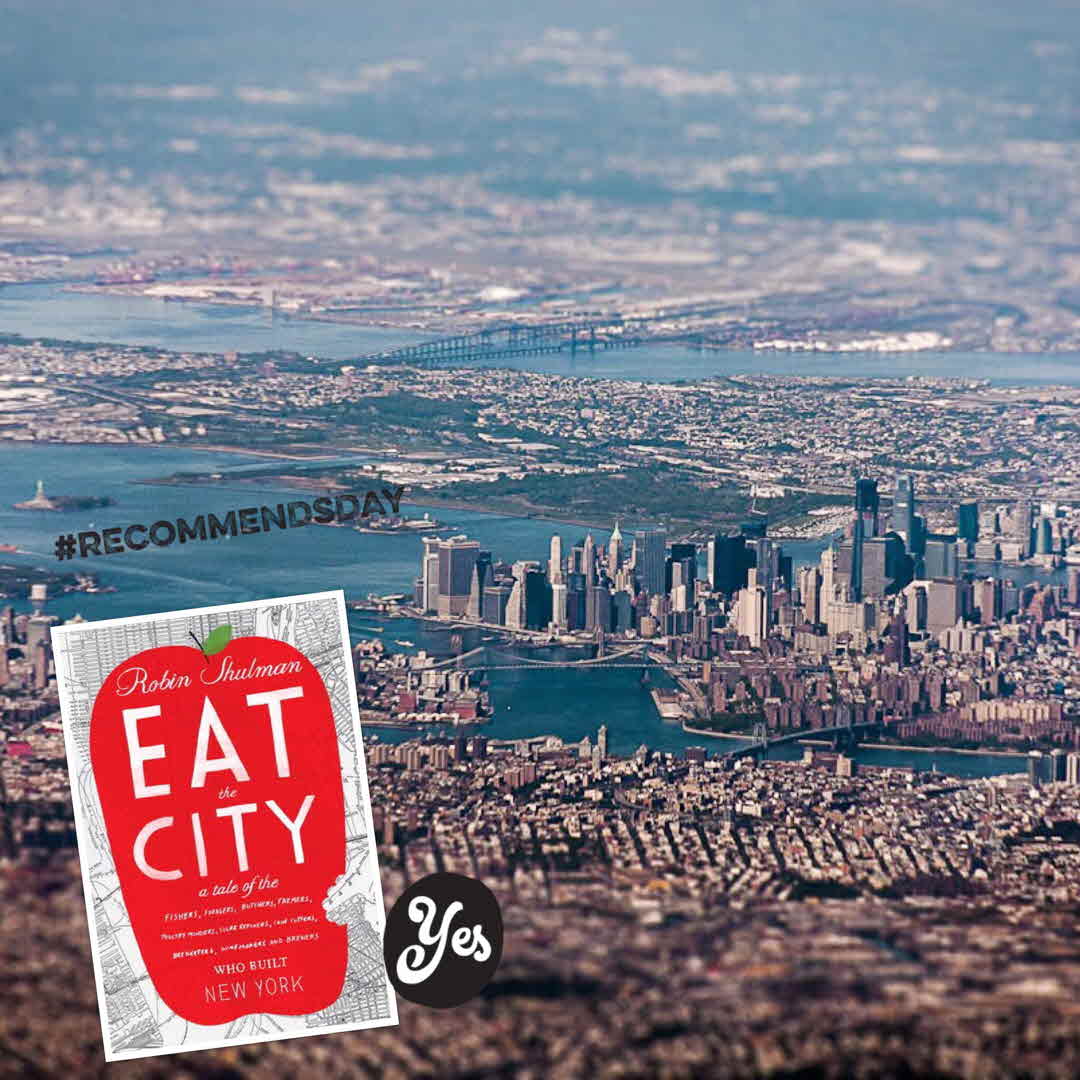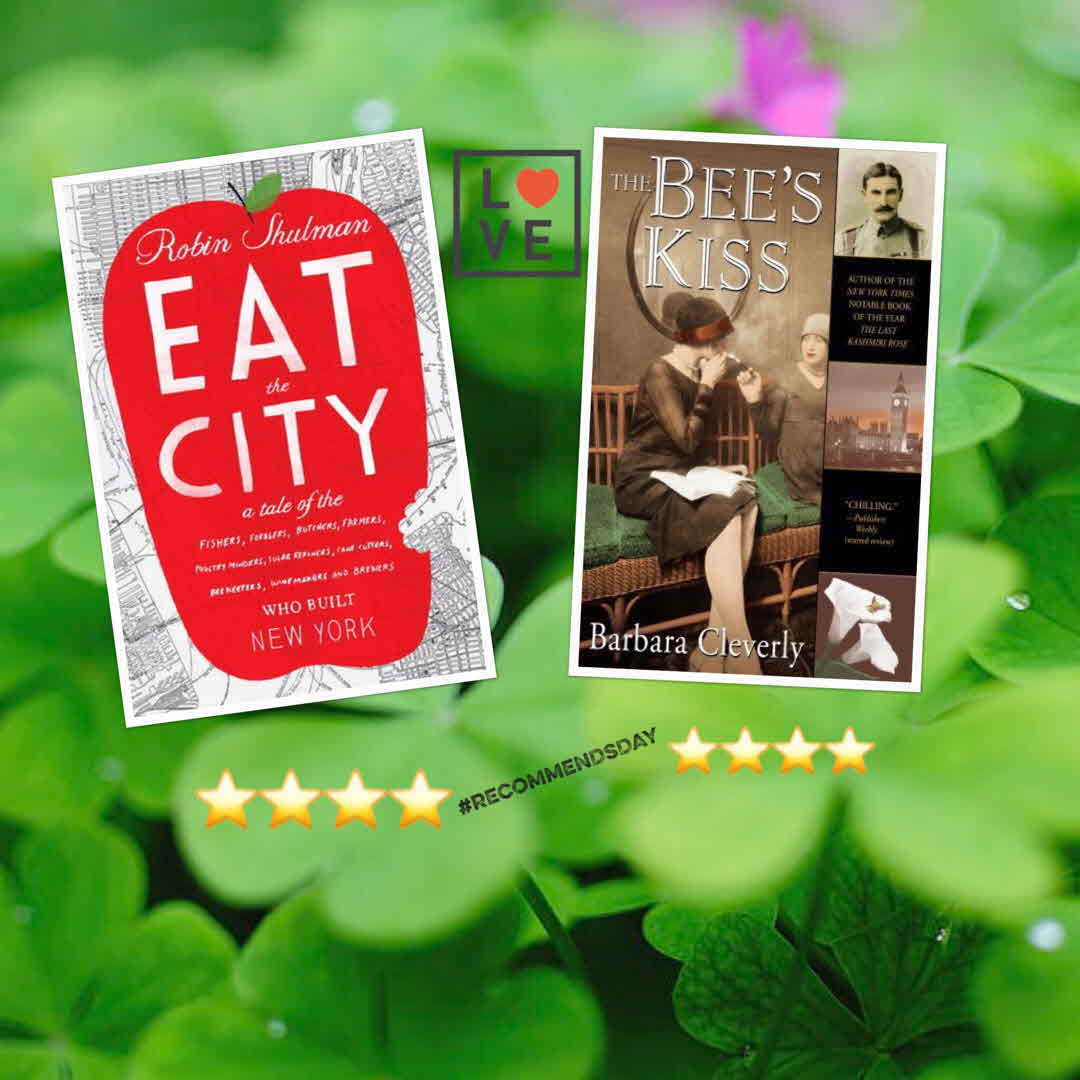Some chapters—beekeeping and brewing—are fascinating; others worth skipping.
Some chapters—beekeeping and brewing—are fascinating; others worth skipping.

I took today's emoji broader sense 🌽 as agriculture. Urban agriculture. Eat the City is a really good non fiction on urban farming in NY city. #emojinov

Urban farming. Urban agriculture. A trendy and serious topic. Robin Shulman could have written an essay surfing on the 'hip' factor of the subject. Instead she chose to write about the people who are doing it, were doing it ages ago, people who do it to survive, to live differently. Well documented, yet easy to read and engaging essay on the many, many ways agriculture survived, adapted and sometimes thrived in New York City.

Bees. In the city, on roof tops. Honey from Queens or Brooklyn. Metaphorical 🐝 who sting and kill. Both are really good read. #insects #junebookbugs
If you take the city's 5,701 flat, strong, large rooftops, you'd have 3,079 acres to plant vegetables. If you take 10 percent of the city's backyards and farm them modestly, you could feed about 72,000 people. If you build a 30 story high-rise vertical farm on a whole city block, 50,000 people could eat each year.